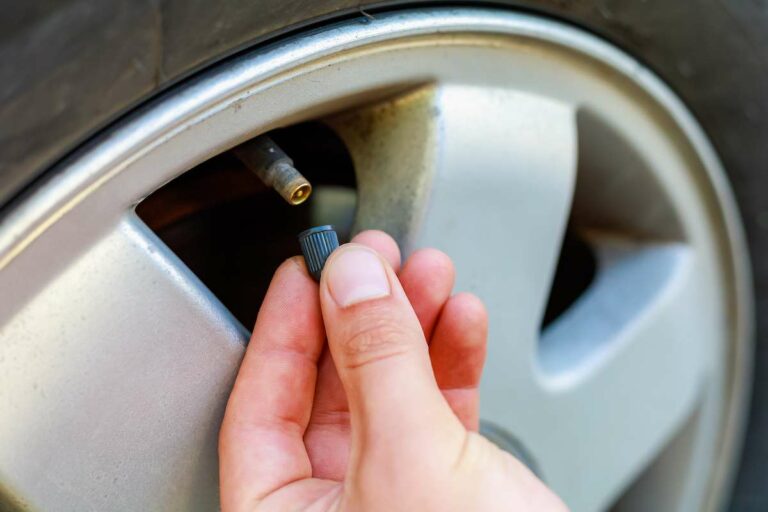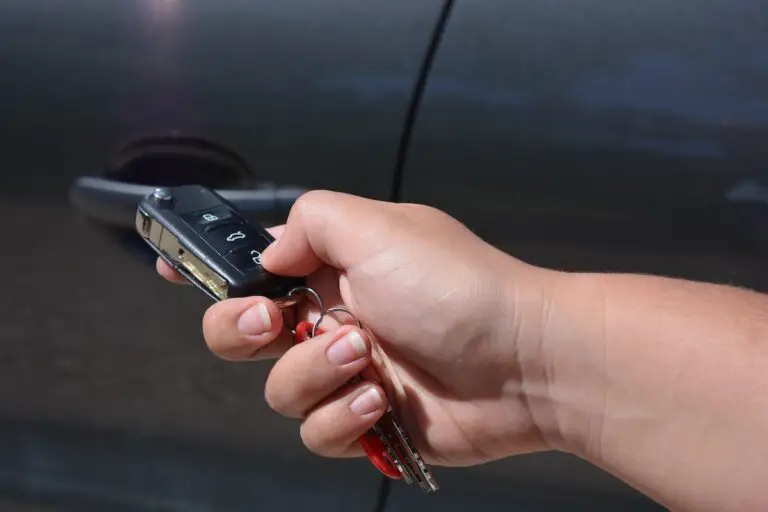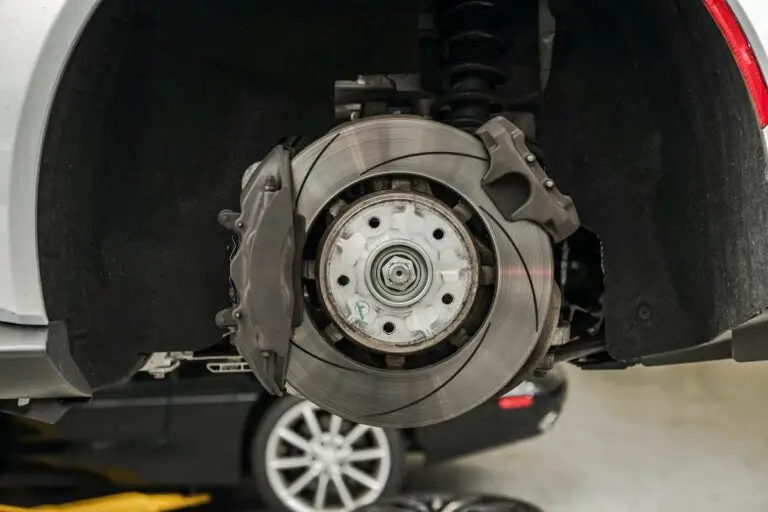How Often Does Car AC Need to be Recharged? [Easy Guide!]
AC is a luxury feature that is rarely given a second thought until it stops functioning in traffic on a blistering hot day. So to prevent this from occurring, the AC system must be kept in good working order. But, how often does a car’s AC needs recharging or adding of the coolant?
Generally speaking, a car AC will need to be recharged every 3 to 4 years, depending on your usage. Although the car companies usually do not mandate a set interval for refilling the car AC coolant, however, you should get the AC inspected for leaks every two years as a precaution.
Read on to discover when to recharge an AC, the signs of a faulty system, and how to recharge the AC at home.
How Often Does A Car AC Need Recharging
There is no industry standard that gives a recommended timeframe for recharging the AC coolant in the system. As long as the AC still supplies cool air, it is still in working condition. The AC system is a closed system; this means that the unit recirculates the refrigerant continuously as it is used. So the only time the AC will need to be recharged is if there is a leak.
If you are under the impression that the AC system in a car needs to be serviced at the same intervals as tires, brakes, and engine oil, this is not the case. But, it is a worthy idea to inspect the AC system whenever routine maintenance is done on the vehicle, similar to preventative maintenance.
Signs Of A Leaking AC System
A few tell-tale signs would be noticeable if the AC system developed a leak. In many cases, quick and easy recharging of the system will mend minor leaks, and the system will work fine for a few thousand miles or more.
1. The AC Is Blowing Warm Air
The most noticeable sign that the AC requires a recharge is that the air coming through the vents is warm or hot. There may not be enough coolant or pressure for the AC system to circulate and cool the air sufficiently.
If the air starts out cool for a few minutes and then starts to warm up is also a sign that there is low pressure in the AC system.
2. The AC Clutch Does Not Engage
There may be sufficient pressure and coolant in the AC system, but it is not cooling the air; it may be a faulty AC clutch. A very noticeable click sound can be heard inside the cabin when the AC is turned on.
This click sound is the AC’s clutch engaging, which allows the engine to turn the AC compressor. If there is no click sound when the AC is turned on, it may be the AC clutch.
3. Visible AC Coolant Leaking Under Vehicle
It is a good rule to investigate any leaking fluids that are noticed underneath the car. Leaking AC coolant can be identified as a thin greasy colorless liquid. Inspect the AC housing, condenser, and hose to determine the leak.
If the AC system is leaving large puddles under the car, it will be better to have a professional look into the problem.
How To Recharge A Car AC
If there are any tell-tail signs that the AC needs to be recharged, then there are two ways that this can be done. The first will be to take the car to a professional who can inspect and recharge the car’s AC. This may cost $150 to $300 and often comes with a small limited warranty.
The second option is for the DIY enthusiast. Recharging a car’s AC is slightly more complex than a standard oil change but is still easy to do with the right tools. If this is the route that will be taken, then follow these basic steps:
The Tools Required To Recharge The Car AC
Before purchasing the coolant, check to see if the vehicle will require r134a or r1234yf recharge coolant. This information will be in the owner’s handbook or on the tags in the engine bay. Do not attempt to recharge the AC on an Electric or Hybrid vehicle as they use a different chilling system that should only be accessed by a professional.
- An AC Recharge Kit – Zero R or Sub-Zero brands come highly recommended.
- Safety Glasses – The refrigerant is cold and can cause irritation if it contacts the eyes
- Rubber Gloves – The refrigerant is cold and may cause frostbite to exposed skin
- Pliers – to loosen the port cap
Step 1: Turn the Vehicle And AC On
Turn the vehicle on and switch the AC to its highest cooling setting. Leave the doors open, and then let the car and AC run for 5 minutes before recharging the system.
Step 2: Locate the Low-Pressure AC Port
The Low-pressure AC Port will be marked with an “L.” The port is located on the line-in pipe that runs to the AC Compressor (do not use the port marked with an “H” as this is the High side port). Once located, remove the cap on the port with the pliers and place it in a safe place to prevent it from getting lost.
Attach one side of the recharge kit to the low-pressure port. (It should fit in smooth and easily, do not force)
Step 3: Test The AC Pressure

Now that the AC has been running for 5 minutes, it should give an accurate reading. The recharge kit will have a pressure gauge on it. Check the gauge to see how much pressure is in the AC system. Please note that different kits will have different colors and instructions, so please read them carefully.
If the gauge reading is:
- Less than 40 psi (Blue), the system will need a recharge.
- Close to 40 psi (Green), the system is charged, and there may be another fault in the system.
- Over 40 psi, the system (Red) is overcharged and may have a blocked condenser.
Step 4: Recharge the AC
To recharge a system under 40 psi, connect the refrigerant canister to the opposite side of the recharge kit. Once connected, push down on the canister to send the refrigerant to the AC system. Keep a close eye on the pressure gauge and stop when the pressure reading is 40 psi. Disconnect from the low-pressure port and replace the low-pressure port cap.
Step 5: Test the AC System
After recharging, turn the AC system off and wait about a minute or two before turning it on. The air should blow out nice cool crisp air after the AC recharge.
If you need any visual aids to help you in the process, the above video will walk you through the steps to add the coolant to the AC by yourself.



![Car AC Cold Only When Driving? [Here’s Why And How to Fix!]](https://vehicleuniversity.com/wp-content/uploads/2023/01/exhausted-young-woman-suffer-from-heat-inside-car-2022-08-01-04-58-09-utc-768x576.webp)
![How Long Does Car AC Gas Last? [Comprehensive Guide!]](https://vehicleuniversity.com/wp-content/uploads/2023/01/man-hand-check-air-conditioning-panel-in-car-male-2022-08-23-01-47-44-utc-768x512.jpeg)



